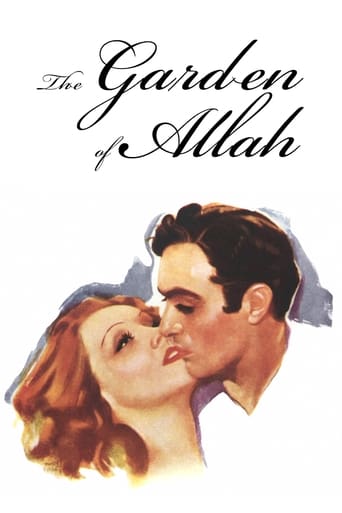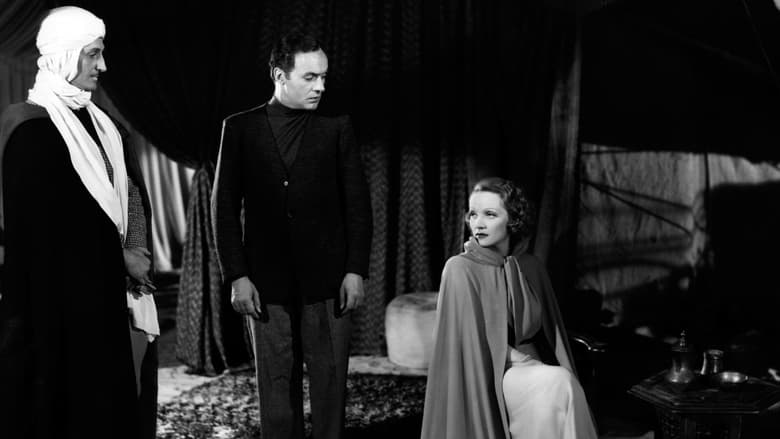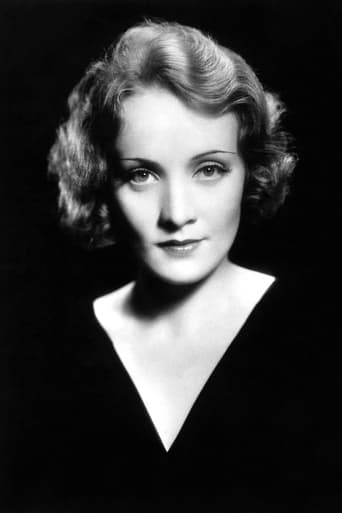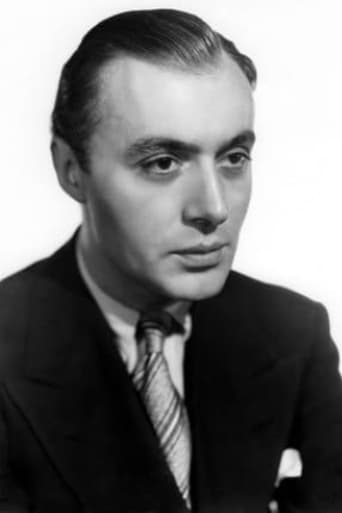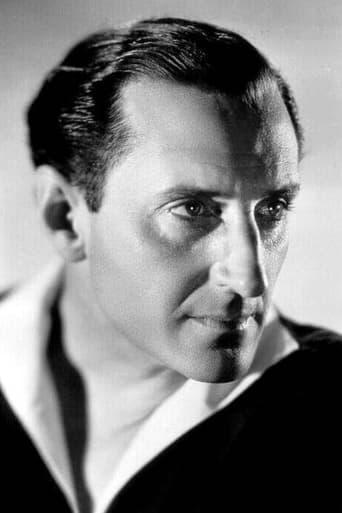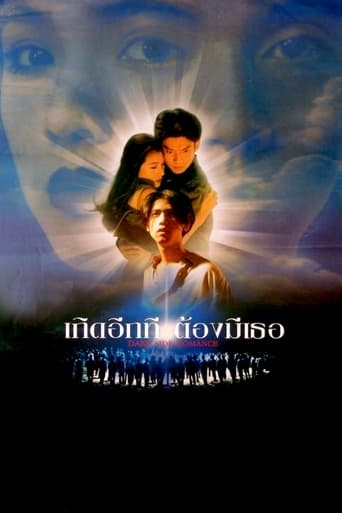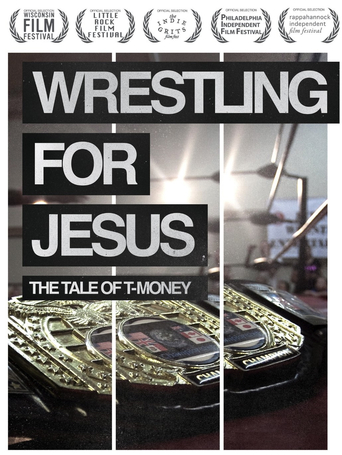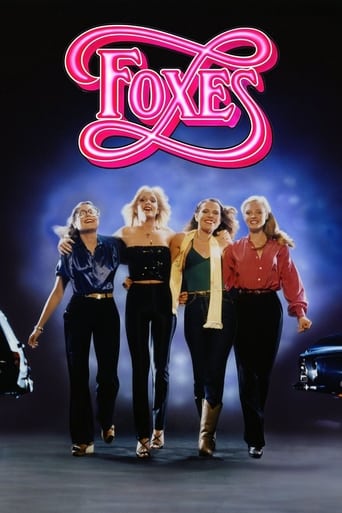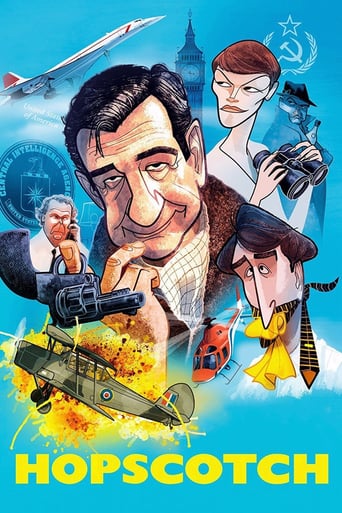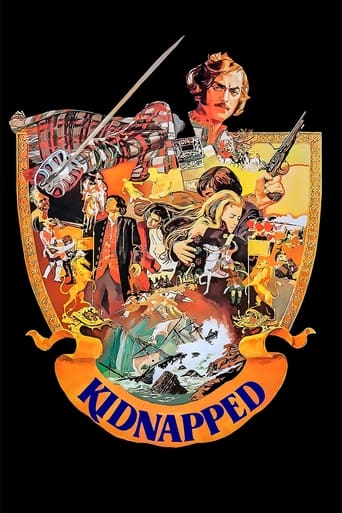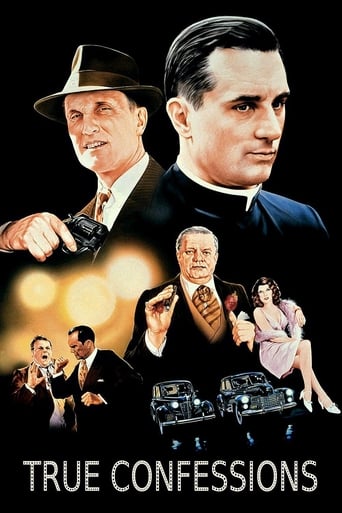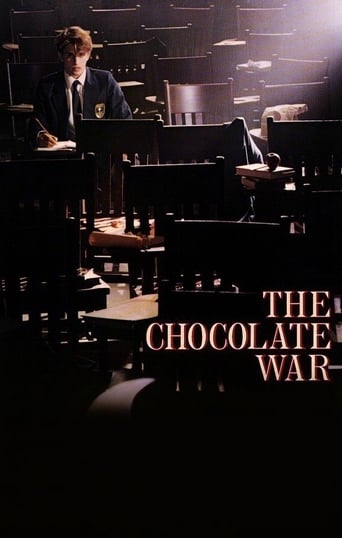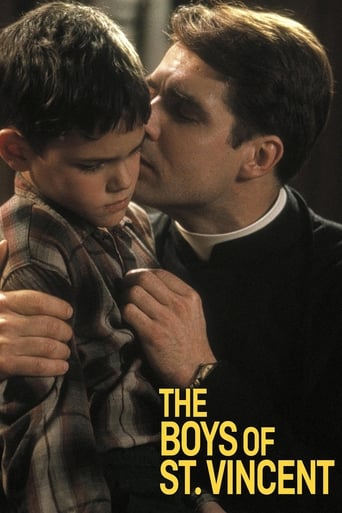The Garden of Allah (1936)
The star-crossed desert romance of a cloistered woman and a renegade monk.
Watch Trailer
Free Trial Channels
Cast


Similar titles
Reviews
Well Deserved Praise
It’s not bad or unwatchable but despite the amplitude of the spectacle, the end result is underwhelming.
Amazing worth wacthing. So good. Biased but well made with many good points.
One of the film's great tricks is that, for a time, you think it will go down a rabbit hole of unrealistic glorification.
The bad babe who gave Destry such a hard ride? Or Lola Lola, The Blue Angel? Or Bijou Blanche, one of The Seven Sinners? Or Concha, The Devil (who) Is a Woman? Well, it was indeed Marlene Dietrich, the great actress. She must have been one if she could so convincingly play such a vulnerable, sweet, unworldly, deeply religious woman in The Garden Of Allah, when she was happily typecast in the movies as a trollop and was likewise dedicated to that role in real life. A down and dirty slut and proud of it, who abandoned a husband and daughter in Germany to run off to Hollywood with Joseph Von Sternberg and pursue fame, fortune, and sin. Who would drop her drawers for any willing actor, along with a few actresses, and, if we believe her claims, for President Kennedy in the White House when she was sixty years old! Yes, that Marlene, contrary to what some other reviewers have alleged, gives a moving performance as a convent-raised good Catholic girl, who falls in love with a runaway Trappist monk (Charles Boyer). He is tormented by having broken his vows, even more so after he marries her without telling her his secret. When she finds out, she joins the torment, her own deep faith at war with her passionate love for him. There is a bit more to the plot than that, but it mainly hinges on the spiritual conflict between faith and the world.And it is beautifully realized in this beautifully filmed early (1936) perfected Technicolor picture. This is fine movie, and not just because of the spectacular color cinematography. Yet it is not for everyone, and has obviously gone over the heads of most of IMDb reviewers and voters as well as other critics, not to mention the audiences of 1936. In fact it is surprising a movie of this type ever got produced. Hollywood usually avoided a serious approach to religious subjects, but then David O. Selznick was an independent producer who went his own way. While most will appreciate the stunning visual impact of The Garden Of Allah, its storyline is too Christian and its dialog too literary and philosophical for most tastes. This is a movie that can be fully appreciated and enjoyed only by Christians who have had deep spiritual experiences. Perhaps only by those who have had and continue to have deep spiritual experience but also continue to enjoy the sensual pleasures of the world. For most of us Christians, it is a lifelong struggle. The Garden Of Allah paints a poignant and rewarding portrait of this conflict.Irrelegious types and lowbrows who are only looking for sex and violence may wish to skip this one. It is doubtful that Marlene Dietrich, who once described herself as having no religion, ever wanted to see this particular picture of hers. But, if she had no religion, why then did she say that one should make the sign of the Cross when speaking Orson Welles's name? Perhaps somewhere inside the big whore Marlene, there was a little shriveled up Marlene who knew God.
THE GARDEN OF ALLAH (Selznick International/United Artists, 1936), directed by Richard Boleslawski, returns Marlene Dietrich to desert setting since her Hollywood introduction under Josef Von Sternberg's direction in MOROCCO (Paramount, 1930). Paired for the only time on screen opposite Charles Boyer, the role offers Dietrich a chance away from her home based studio in something slightly different from her previous efforts, that of troubled heroine trying to find her inner self. Taken from the novel by Robert Hichens, THE GARDEN OF ALLAH was previously filmed in the silent era in 1916 with Helen Ware, and by MGM (1927) starring Alice Terry and Ivan Petrovich. This new edition to an old-fashioned theme benefits greatly from its then and now impressive Technicolor photography that makes the plot even more modern and simplistic than it did back in 1936.Revolving around two troubled souls bound together, the first to be introduced is Domini Enfilden (Marlene Dietrich) returning to the Convent of Cecile near a central capital of Europe where she was educated as a child. After devoting her time caring for her invalid father who had died some months prior, Domini, sad and lonely, comes seeking for spiritual guidance from Sister Josephine (Lucile Watson), the mother superior. She suggests the one way to find peace and tranquility is to isolate herself in the Algerian Desert. Next scene finds the other troubled soul living in "A Trappist monastery in Northern Africa, where men have sworn eternal vows of chastity, poverty and silence." De Trevignac (Alan Marshal), a visiting soldier of France who, about to depart after spending a month among the fellow monks, finds the monastery terrified by the news of Boris Androvsky, known as Brother Antoine (Charles Boyer), having broken his vows and fled his order. Bound for Beni-Mora, Domini and Boris, strangers on a train, end up as fellow travelers sharing the same compartment and destination. Regardless of his secretive past, Domini, going by the philosophy of, "Only God and I know what's in my heart," forgets about herself and devotes much of her time with the moody Boris. Going against the advise of Father Roubier (C. Aubrey Smith), a priest looking after her during her stay, Domini, still unaware of what secret Boris keeps within himself, marries him anyway. "Journeying without aim, drawn by the mystic summons of blue distances," the couple find true happiness in the their "land of forgetfulness," or The Garden of Allah. Their past soon catches up with them upon the arrival of an unexpected visitor seeking food and shelter.Of the troubled souls depicted on screen, Charles Boyer, shows his range as a fine actor by turning his weak character into a strong presence. Scenes worth noting include that of Boris angrily throwing his crucifix into the pond for the beggars, who take fascination by it, to dive in after it; his sense of guilt while facing the presence of a priest (Smith) and/or the cross on top of the church. The most crucial scene of all is when the camera captures Boris' moment of despair with the buildup of tears in his eyes before dripping down his face. With the script taken out of context from a fictional novel, the story of a man denying God but unable to deny himself is definitely something from Scriptures in the Bible. The message of God never giving up on those who give up on Him, by offering spiritual guidance rather than condemnation, is as timely as the theme itself. Dietrich's Domini on the other hand is the softer of the two central characters, having more faith than Boris, even when having doubts about her inner self and what the future may hold.Appearing in smaller roles are Basil Rathbone Count Ferdinand Anteoni, a French Legion officer appearing either in suit or sheik's attire who befriends Domini and Boris; the unrecognizable John Carradine a psychic who foretells the future through the secrets of the sands; Joseph Schildkraut, the comedic tour guide; and Bous-Bous, a dog as portrayed by Corky. Special screen introduction goes to Tilly Loch, appearing briefly playing Irena, the fiery Ouled-Nail dancing girl whose flirtatious eyes on Boris that starts a riot. The children appearing uncredited in the opening scene in the convent feature such familiar faces as Ann Gillis, Marcia Mae Jones and Bonita Granville. In spite of slow passages, THE GARDEN OF ALLAH is quite an indifferent yet interesting story. While sources label this at 85 minutes, circulating prints, ranging from home video to 2004 DVD release, are clocked at 79. It's a wonder whether certain scene(s) were edited prior to theatrical release or this being a reissue copy from the 1940s.Formerly presented on American Movie Classics (1995-96), THE GARDEN OF ALLAH occasionally turns up on Turner Classic Movies where it premiered October 2002 as part of its tribute to producer David O. Selznick. (**1/2)
Despite ravishing color photography and a sterling cast, David O. Selznick's production of "The Garden of Allah" is badly dated. A Trappist monk abandons his vows and leaves the monastery with the recipe for a unique liquor, only to fall for a convent-bred beauty with deep religious convictions who is seeking the meaning of life in the desert. When monasteries attract the likes of young Charles Boyer and convents produce women with porcelain complexions like Marlene Dietrich, religion may experience renewed popularity.Set in North Africa as conceived by Selznick's fanciful art directors, Dietrich shimmers in flowing gowns and floats through a postcard-perfect desert. Her elegant silhouette is outlined against deep crimson sunsets that presage the indelible image of Scarlett O'Hara in "Gone with the Wind." If the preposterous story were half as captivating as the visuals, the film would be riveting. Unfortunately, modern viewers may giggle at the melodrama and hokey motivations. Both Dietrich and Boyer have done better and seem to be in a trance throughout. Staring fixedly into space stands in for spiritual conflict, and only the dependable Basil Rathbone cuts through the nonsense. Although the film runs less than 80 minutes, it seems at times to be tedious and interminable. Perhaps Dietrich's best director, Josef von Sternberg, could have conjured a classic from this cast and crew, but Richard Boleslawski's resume is thin and undistinguished. Possibly Boleslawski fell in love with his stars, because the camera lingers on the perfectly lit faces of both Boyer and Dietrich. Maybe the director knew that the plot and dialog were weak and hoped that the lush photography and the charisma of his leads would carry the film.Despite the visual feast, "The Garden of Allah" will appeal to few beyond die-hard Dietrich and Boyer fans. Others may squirm, smirk, and make smart asides to the screen. If "Mystery Science Theater 3000" broke beyond the science-fiction genre, Tom Servo and the bots could really work this one over.
He's not recalled today like his two contemporaries Somerset Maugham or James Hilton. He is Robert Hitchens, and in his time (roughly from 1900 to 1947 or so) his books were frequently best sellers. Only one is recalled today - and it is not THE GARDEN OF ALLAH. His fictionalization of Oscar Wilde's career - THE GREEN CARNATION - is still republished occasionally. But SNAKEBITE, AFTER THE TRIAL, BELLA DONNA, and THE PARADINE CASE are rarely read (all four were made into films, and the last was a failed Hitchcock movie). He did have his own share of controversy. In 1923 the prosecution and Judge in the notorious British homicide trial of Edith Thompson and Frederick Byswater noted the imaginative Mrs. Thompson liked to discuss the books she read and mentioned Hitchens. Mr. Justice Shearman said Hitchens wrote filthy books. Coming from such a source that actually is a complement.Hitchens liked the desert as a setting of his tales. BELLA DONNA was set in Egypt in part, dealing with an archaeologist. So his novels are pretty much time capsules to us, reminding us of earlier viewpoints about the globe and what to find there.Today when we think of the world of North Africa and the Islamic countries I suspect we think of xenophobic anti-Western, anti-American, and anti-Jewish peoples, or of suicide bombers, or of fanatics. Of course this is a gross simplification of the mass of these people. But similarly stereotypes ruled the view of Islamic lands in the 19th and early 20th Century. On the one hand was a look at the beauties of the desert and a sense of it's timelessness and it's mysticism. This was mingled with a view that Islam was a kind of poor cousin (for want of a better term) to Christianity, worshiping God but being somewhat more superstitious (although in fiction the superstition was usually correct in the ironies of the story). But on the other hand North Africa and the Middle East were seen as hot and sexy uninhibited areas. In novels like Andre Gide's THE IMMORALIST you went to North Africa to escape the hypocrisy of European society (similarly, Evelyn Waugh would send Sebastian to North Africa in BRIDESHEAD REVISITED to drink himself to death with his lover).Keeping all this in mind helps understand the misfire called THE GARDEN OF ALLAH. David Selznick produced it to use the new Technicolor style of film - and to give the film it's due Richard Boleslawski's movie is a beautiful one to look at. Further, he brought in Marlene Dietrich (who had already done a "desert" romance with Joseph Von Sternberg in 1930 - MOROCCO), Charles Boyer, Basil Rathbone, Joseph Schildkraut, C. Audrey Smith, Alan Marshall, and John Carridine for his cast. With all their hard work, though, and the beauty of the film itself, it remains a failure.The problem is the hokeyness of the story to us today. Hitchens sets up the lovers (Dietrich and Boyer - their only film together, by the way) on parallel courses. She was brought up in a Catholic school run by nuns in France, and her father (a rich man) has died leaving her his fortune. She has had a secluded life so far in the convent and caring for her father, and she yearns to see the world and find love. Boyer has been a Trappist monk, who earns the money for his monastery by being the sole possessor of the recipe for the manufacture of the monastery's liqueur. But at the start of the film he has fled the monastery and is traveling on the same train as she is. They both leave at a city thirty miles south of the monastery.At a fight in a nightspot both are at, Boyer rescues Dietrich. Soon they are seen together pretty frequently, and fall in love. He tries to leave but can't. Instead he proposes marriage and she accepts. The local priest (Aubrey Smith) does not know why but can't trust Boyer. A premonition by a seer (Carridine) that is told to Dietrich and Rathbone makes the latter equally wary about the marriage. But Dietrich is all for it. They go on their honeymoon (accompanied by their servants including Schildkraut). The keep staying in the desert apparently content, until the accidental arrival of Marshall begins undoing the entire situation: Marshall (a French army officer) met Boyer at the monastery, and knows his story.SPOILER AHEAD: When the matter reaches a boil, Dietrich and Boyer reluctantly return things to normal...or as near normal as possible. They tearfully part as Boyer returns to the Trappist life, and Dietrich hopes that in a better world they will be united forever.Somehow today we wouldn't swallow this too thoroughly. The monk might decide to drop his duty to the God he swore allegiance to because he does want to be a regular man. The woman who needs love would likewise urge him to do so, and the hell with the world. Instead we have this 1936 solution - and while the actors make the best of their talents bringing it to a boil it sits badly. Also, Marlene is a woman of vast sex appeal. While Selznick dressed her quite well here (and the color helped too), she does nothing sexy in the film. Dancer Tilly Losch is sexier. Joan Fontaine would have been better in the part (ten years later). For all the passions of the story, her performance is dull - and the movie hard to accept.

